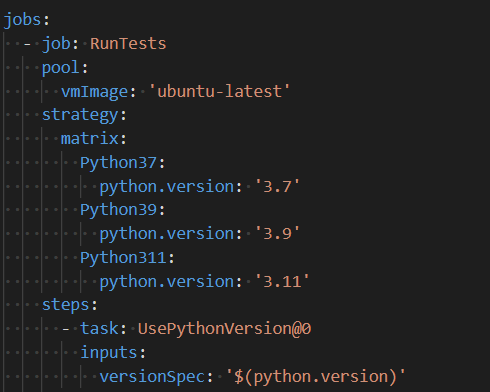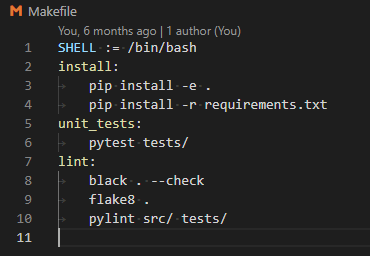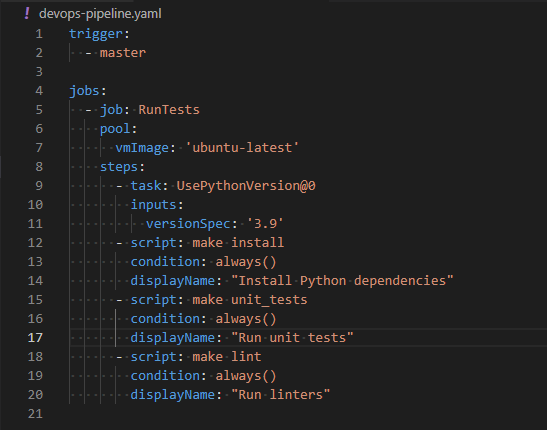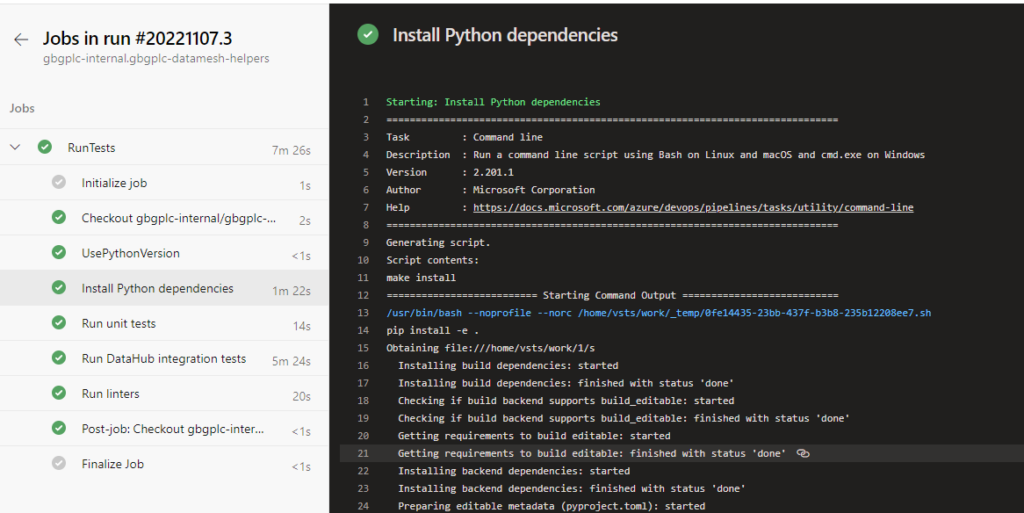In an earlier blog post I explained the motivation for a series of “Rosetta Stone” posts which described the ecosystem for different programming languages. This post covers TypeScript, the associated GitHub repository is here. This blog post aims to provide some discussion around technology choices whilst the GitHub repository provides details of what commands to execute and what files to create.
I was curious to try this exercise on a language, TypeScript, which I had not previously used or even considered. It so happens that TypeScript arose in a recent discussion so I thought I would look at it.
So for this post in particular, factual errors are down to ignorance on my part! I welcome corrections.
About TypeScript
TypeScript was developed by Microsoft with the first release in October 2012 with the aim of providing a language suited for use in large applications by adding a type system to JavaScript. TypeScript is compiled to JavaScript for execution, in common with a number of other languages.
TypeScript ranks quite low on the TIOBE index but ranks fourth on the GitHub Top Programming Languages and fifth in the StackOverflow rankings. This is likely because TIOBE is based on search rankings and for many TypeScript queries the answer will be found in the more extensive JavaScript corpus.
How is the language defined?
The homepage for TypeScript is https://www.typescriptlang.org/. There appears to be no formal, up to date language specification. The roadmap for the language is published by Microsoft, and develops through a process of Design Proposals. TypeScript releases a new minor version every 3 months, and once 10 minor versions have been released the major version is incremented. There is some debate about this strategy since it does not follow either conventional semantic or date-based versioning.
The JavaScript runtime on which compiled TypeScript code is run will also have an evolution and update process.
TypeScript Compilers and runtimes
The TypeScript compiler, tsc, is typically installed using the node.js package manager, npm. Node.js is a runtime engine which runs JavaScript without the need for a browser. It is downloaded and installed from here. Node.js is just one of a number of options for running JavaScript compiled from TypeScript, it can be run in the browser or using other systems such as Deno or Bun.
The install of node.js appears trivial but on Windows machines there is a lengthy install of Visual Studio build tools, the chocolatey package manager and Python after node.js has installed!
Once node.js is installed installing TypeScript is a simple package installation, it can be installed globally or at a project level. Typically getting started guides assume a global install which simplifies paths.
Tsc is configured with a file, tsconfig.json file – a template can be generated by running `tsc –init`
It is possible to compile TypeScript to JavaScript using Babel which is a build tool originally designed to transpile between versions of JavaScript.
Details of installation can be found here in the accompanying GitHub repository.
Package/library management
Npm, part of the node.js ecosystem is the primary package management system for TypeScript. Yarn and pnpm are alternatives that have a very similar (identical?) interface.
A TypeScript project is defined by a `package.json` file which holds the project metadata both user-generated and technical such as dependencies and scripts – in this sense it mirrors the Python `pyproject.toml` file. Npm generates a `package-lock.json` file which contains exact specifications of the installed packages for a project (somewhat like the manually generated requirements.txt file in Python). The JavaScript/TypeScript standard library is defined here. I note there is no CSV library 😉. More widely third party libraries can be found in the node registry here.
To use the standard JavaScript library in TypeScript the type definitions need to be installed with:
Npm install @types/node –save-dev
Local packages can be installed for development, as described here.
Npm has neat functionality whereby scripts for executing the project tests, linting, formatting and whatever else you want, can be specified in the `package.json` file.
Virtual environments
Python has long had the concept of a virtual environment, where the Python interpreter and installed packages can be specified at a project level to simplify dependency management. Npm essentially has the same functionality by the use of saved dependences which are installed into a `node_modules` folder. The node.js version can be specified in the `package.json` file, completing the isolation from global installation.
Project layout for package publication
There is no formally recommended project structure for TypeScript/npm packages. However, Microsoft has published a Node starter project which we must assume reflects best practice. An npm project will contain a `package.json` file at the root of the project and put locally, project-level packages into a node_modules directory.
Based on the node starter project, a reasonable project structure would contain the following folders, with configuration files in the project root directory:
- dist – contains compiled JavaScript, `build` is another popular name for this folder;
- docs – contains documentation output from documentation generation packages ;
- node_modules – created by npm, contains copies of the packages used by a project;
- src – contains TypeScript source files ;
- tests – contains TypeScript test files;
How this works in practice is shown in the accompanying GitHub repository. TypeScript is often used for writing web applications in which case there would be separate directories for web assets like HTML, CSS and images.
Testing
According to State of JS, Jest has recently become the most popular testing framework for JavaScript, mocha.js is was the most popular until quite recently. The headline chart on State of JS is a little confusing – there is a selector below the chart that allows you to switch between Awareness, Usage, Interest and Retention. These results are based on a survey of a self-selecting audience, so “Buyer beware”. Jest was developed by Facebook to test React applications, there is a very popular Microsoft Visual Code plugin for Jest.
Jest is installed with npm alongside ts-jest and the Jest TypeScript types, and configured using a jest.config.json file in the root of the file. In its simplest form this configuration file provides a selector for finding tests, and a transform rule to apply ts-jest to TypeScript files before execution. Details can be found in the accompanying GitHub repository.
Static analysis and formatting tools
Static analysis, linting, for TypeScript is generally done using ESLint, the default JavaScript linter, although a special variant is installed as linked here. Previously there was a separate TSLint linter although this has been deprecated. Installation and configuration details can be found in the accompanying GitHub repo.
There is an ESLint extension for Microsoft Visual Code.
The Prettier formatter seems to be the go to formatter for TypeScript (as well as JavaScript and associated file formats). Philosophically, in common with Python’s black formatter, prettier intends to give you no choice in the matter of formatting. So I am not going to provide any configuration, the accompanying GitHub repository simply contains a .prettierignore file which lists directories (such as the compiled JavaScript) that prettier is to ignore.
There is a prettier extension for Visual Code
Documentation Generation
TypeDoc is the leading documentation generation system for TypeScript although Microsoft are also working on TSDoc which seeks to standardise the comments used in JSDoc style documentation. TypeDoc aims to support the TSDoc standard. TypeDoc is closely related to the JavaScript JSDoc package.
Wrapping up
I was struck by the similarities between Python and TypeScript tooling, particularly around configuring a project. The npm package.json configuration file is very similar in scope to the Python pyproject.toml file. Npm has the neat additional features of adding packages to package.json when they are installed and generating the equivalent of the requirements.txt file automatically. It also allows the user to specify a set of “scripts” for running tests, linting and so forth – in Python I typically use a separate tool, `make`, to do this.
In both Python and TypeScript third party tools have multiple configuration methods, including JSON or ini/toml format, Python or JavaScript files. At least one tool has a lengthy, angry thread on their GitHub repository arguing about allowing configuration to be set in the default package configuration file! I chose the separate json file method where available because it clearly separates out the configuration for a particular tool in the project, and is data rather than executable code. In production I have tended to use a single combined configuration file to limit the number of files in the root of a project.
I welcome comments, probably best on Mastodon where you can find me here.









